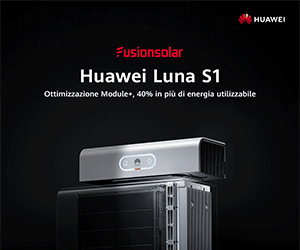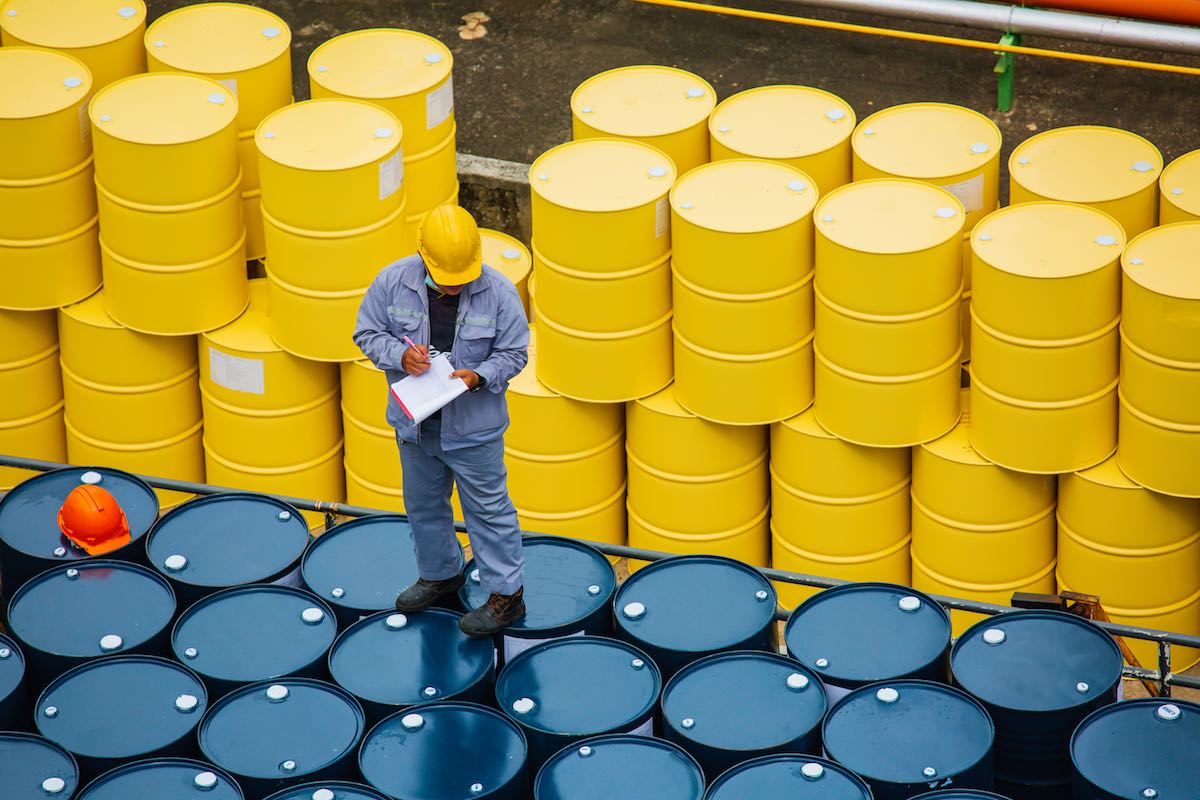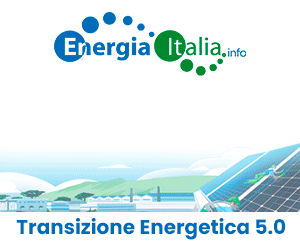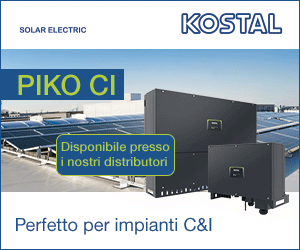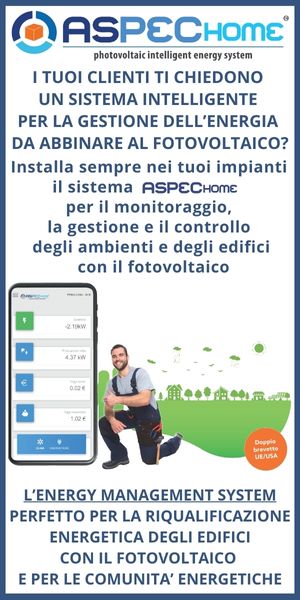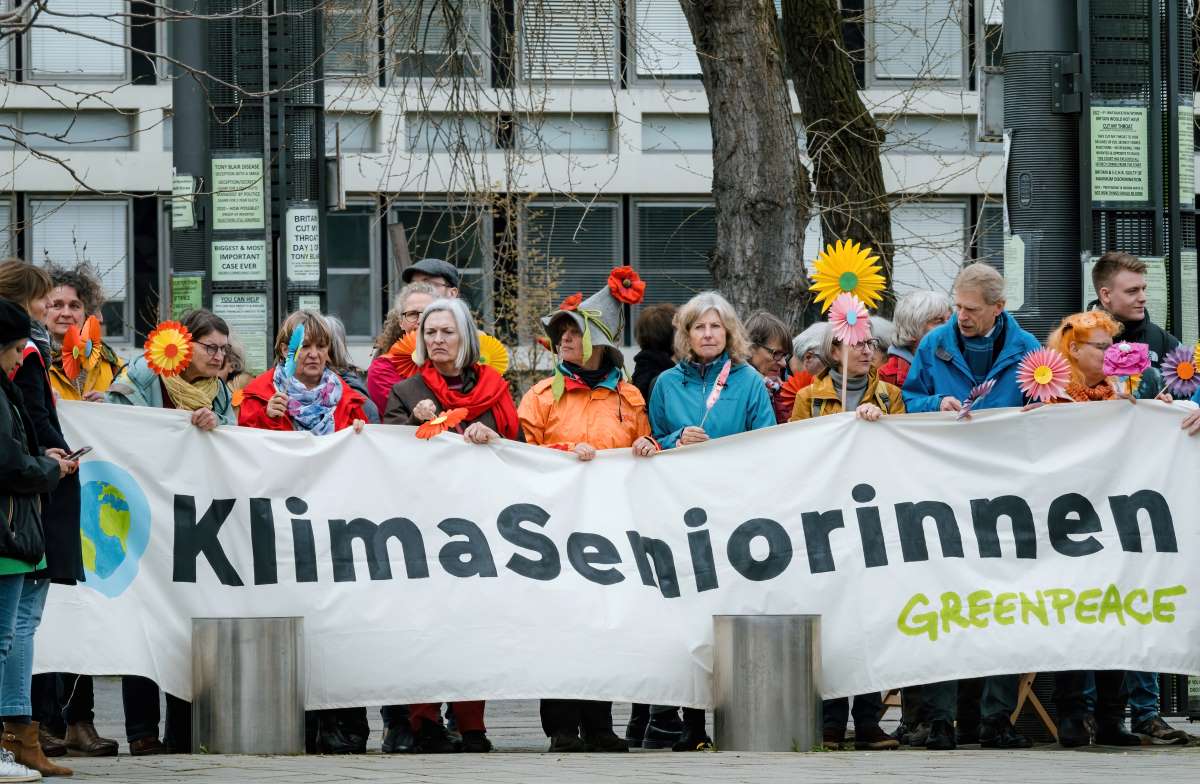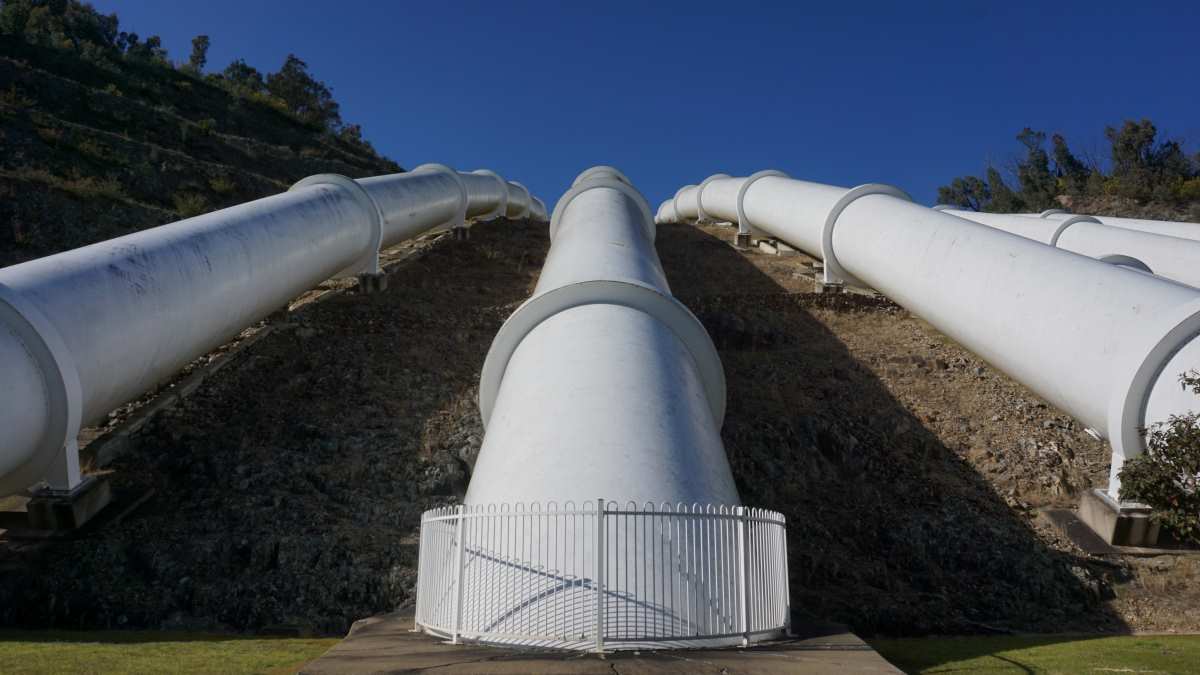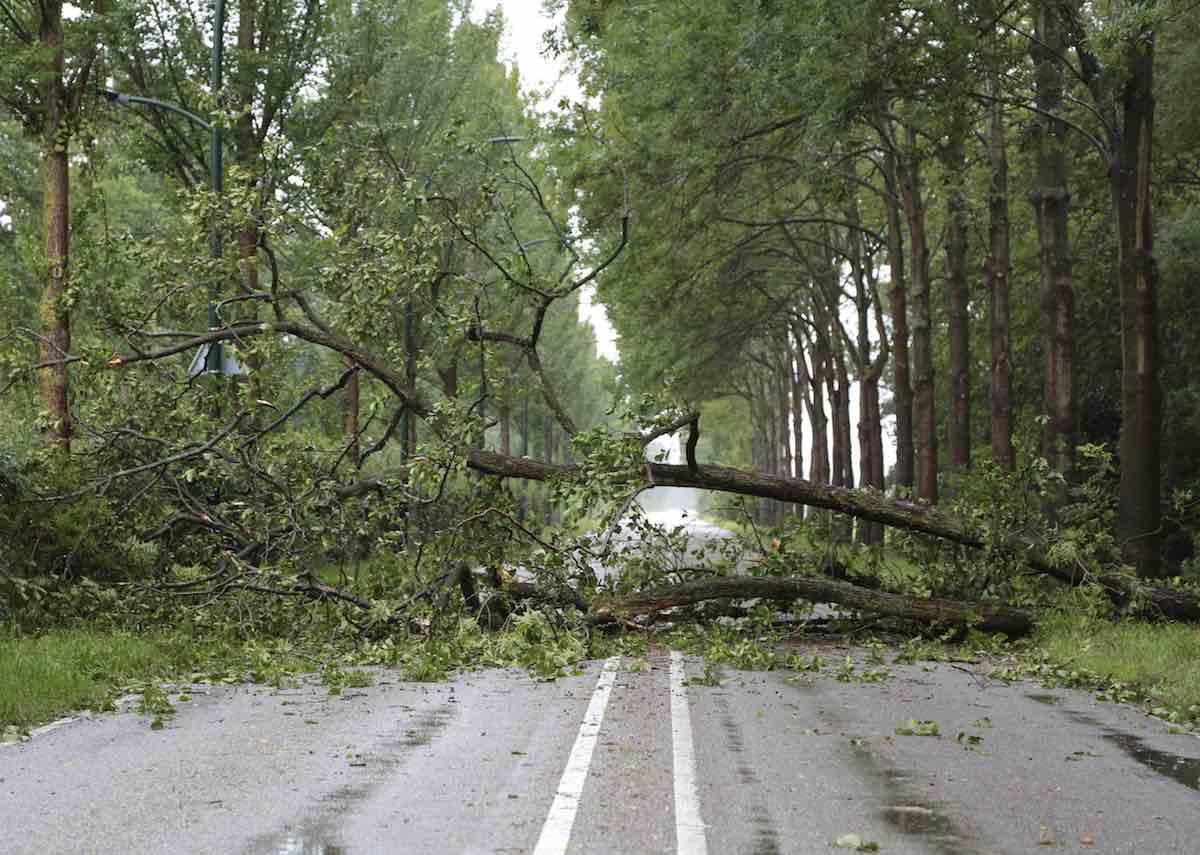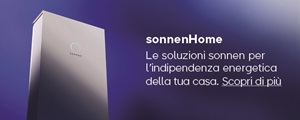The European Union has made progress in liberalising energy markets, and its global leadership on climate change is to be commended, the International Energy Agency (IEA) said today as it released its review of EU energy policies.
However, the new IEA report said there remains much room for improvement. It noted that much of the integration of Europe’s energy market has been confined to northern and western parts of Europe, and that until important interconnections are built across the entire bloc, the EU will not have a truly integrated, single energy network – the basis for an “Energy Union”. Moreover, despite reforms at the wholesale level, markets are increasingly distorted by the persistence of regulated prices and rising green surcharges and levies.
In the report, Energy Policies of IEA Countries: European Union – 2014, the IEA praised the EU for reducing its carbon intensity and taking the lead in vehicle fuel economy standards. Thanks to the implementation of 20-20-20 targets, lower energy intensity and an unprecedented boom in renewable energies can be witnessed. EU leaders agreed in October 2014 to ambitious climate and energy targets for 2030. Now, the legal framework must be put in place, with market rules for a low-carbon system. The transition to such a low-carbon system remains challenging, as electricity and transport sectors rely heavily on fossil fuels. This requires the swift reform of the EU Emissions Trading Scheme (EU ETS) and support to investment in low-carbon technologies.
“As member states adopt different energy policy choices and decarbonisation pathways towards 2030, a strong ‘Energy Union’ is needed to achieve the EU 2030 goals. But let’s be clear: such a union should not represent a buyer’s cartel. Rather, it should feature an integrated energy market and effective climate and energy policies,” said IEA Executive Director Maria van der Hoeven.
“To make the most of the diversity of its energy sources, and to move towards an Energy Union, the EU must better pool its resources within the internal energy market to enhance both energy security and the competitiveness of its industry,” she added.
EU electricity systems and markets need to accommodate growing shares of variable renewable energy. At the same time, the EU faces the retirement of half its nuclear generating capacity in the next ten years. Decisions need to be made about uprates, upgrades and lifetime extensions. Energy security must be placed at the centre of the Energy Union. In order to reduce dependency on one single supplier, the EU must further diversify gas and oil supplies, and cannot afford to reduce its energy options: nuclear, coal and unconventional gas and oil will need to be part of the mix.
Among its key recommended policy actions, the IEA report calls for:
- A new commitment to the internal energy market across the EU, with an interconnected energy network and competitive retail markets to ensure:
- in electricity, the market integration of variable renewable generation with strong co-ordination of electricity system operation; generation adequacy; and demand-side response, balancing and intra-day markets across interconnected systems.
- in gas, access to and efficient use of gas storage and liquefied natural gas terminals and unconventional gas sources.
- Timely adoption of market-based and governance rules for an integrated 2030 Climate and Energy Framework with priority to energy efficiency, a strong EU ETS, and support to all low-carbon technologies, by integrating technology, RD&D and innovation foresight.
- Enhanced EU-wide co-operation on uprates, safety upgrades, and extensions of the lifetimes of existing nuclear power plants to ensure highest safety standards and regulatory stability needed for the investment decisions in those countries that opt for nuclear energy.
Energy Policies of IEA Countries: European Union – 2014 – executive summary (pdf)





